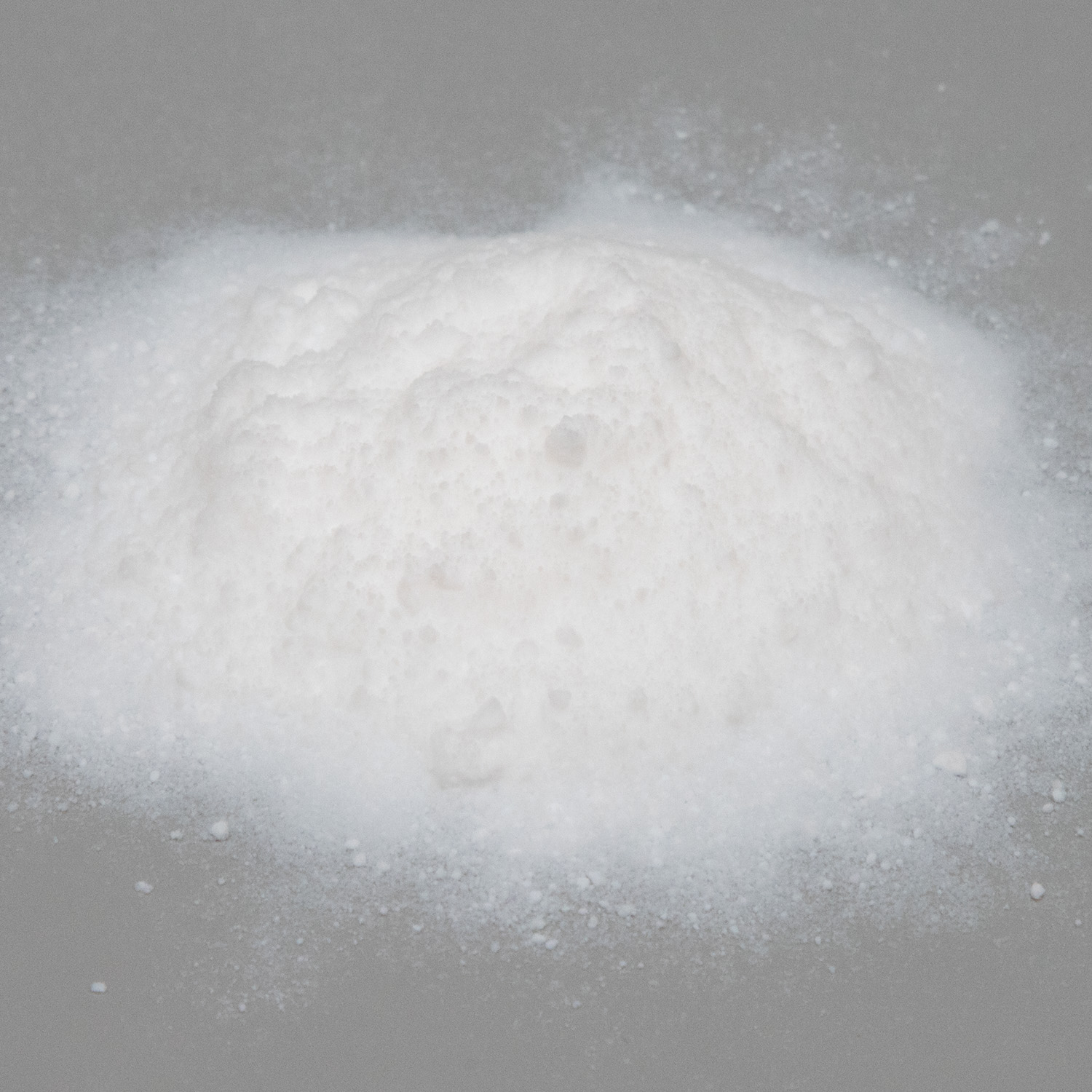Market size and growth drivers
The global market size of white carbon black is expected to reach 2.8 billion US dollars in 2023 and surpass 3.2 billion US dollars by 2025. The core growth areas include:

Green tires: EU tire labeling law and China's "dual carbon" policy drive demand to increase by 8% annually.
The demand for new energy materials such as lithium battery separator coatings and photovoltaic adhesive films is increasing by 15% annually.
High end coatings: The 3C and automotive original paint markets are growing by 12% annually.
Regional market differentiation
The Asia Pacific region accounts for 55% of global demand, with China and India as the main drivers of growth, benefiting from the expansion of the automotive and photovoltaic industries.
Europe: 25%, strict environmental regulations drive demand for gas-phase white carbon black.
North America: 15%, driven by high-end product consumption in the fields of new energy and aerospace.
Competitive Landscape and Corporate Strategy
International giants: Evonik and Wacker Chemicals focus on the high-end gas-phase method market, consolidating technological barriers through mergers and acquisitions.
Domestic enterprises: Quecheng Shares and Yuanxiang New Materials mainly use the sedimentation method to seize the mid to low end market through cost advantages; Jin Sanjiang and other enterprises are laying out food grade and pharmaceutical grade white carbon black, exploring differentiated tracks.
Investment risks and recommendations
Risks include: fluctuations in raw material prices (silica accounts for 40% of costs) and tightening environmental policies. Investors are advised to pay attention to:
Enterprises with breakthrough capabilities in gas-phase method technology;
Vertical integrators in the layout of the new energy materials industry chain;
Environmentally friendly enterprises with a circular economy model, such as zero wastewater discharge.
http://https://www.siliconeoil.net/
